#Astronomy Activities
Text
Lonely Planet's Top 10 Camping Destinations for This Easter
Discover the untold beauty of Australia’s most enchanting hidden gems, from the haunting allure of Yerranderie Ghost Town to the luxurious solitude of Faraway Domes in Glen Innes. Venture into the heart of nature with Arkaroola Wilderness Sanctuary’s star-studded skies, immerse yourself in the off-grid elegance of Aquila Glamping, or find serene isolation at Bruny Island Hideaway. Each…

View On WordPress
#4WD Trails#Air-Con Domes#Aquila Glamping#Arkaroola Wilderness#Astronomy Activities#Aurora Australis#Bank Room#Bay of Fires Retreat#Binalong Bay#Blue Tier Mountains#Bruny Island Hideaway#Bushwalking#Camping NSW#Chef’s Kitchen#Christmas Island#Cliff-Top Glamping#Clifftop Hepburn#Colonial Towns#Community Firepit#Conservation Effort#Dark Sky Sanctuary#Dirt Road Adventure#Egyptian Cotton#Endangered Wallabies#Endeavour Fern Gully#Ensuite Luxury#Faraway Domes#Farm-Fresh Eggs#Federation History#Flinders Ranges
0 notes
Text
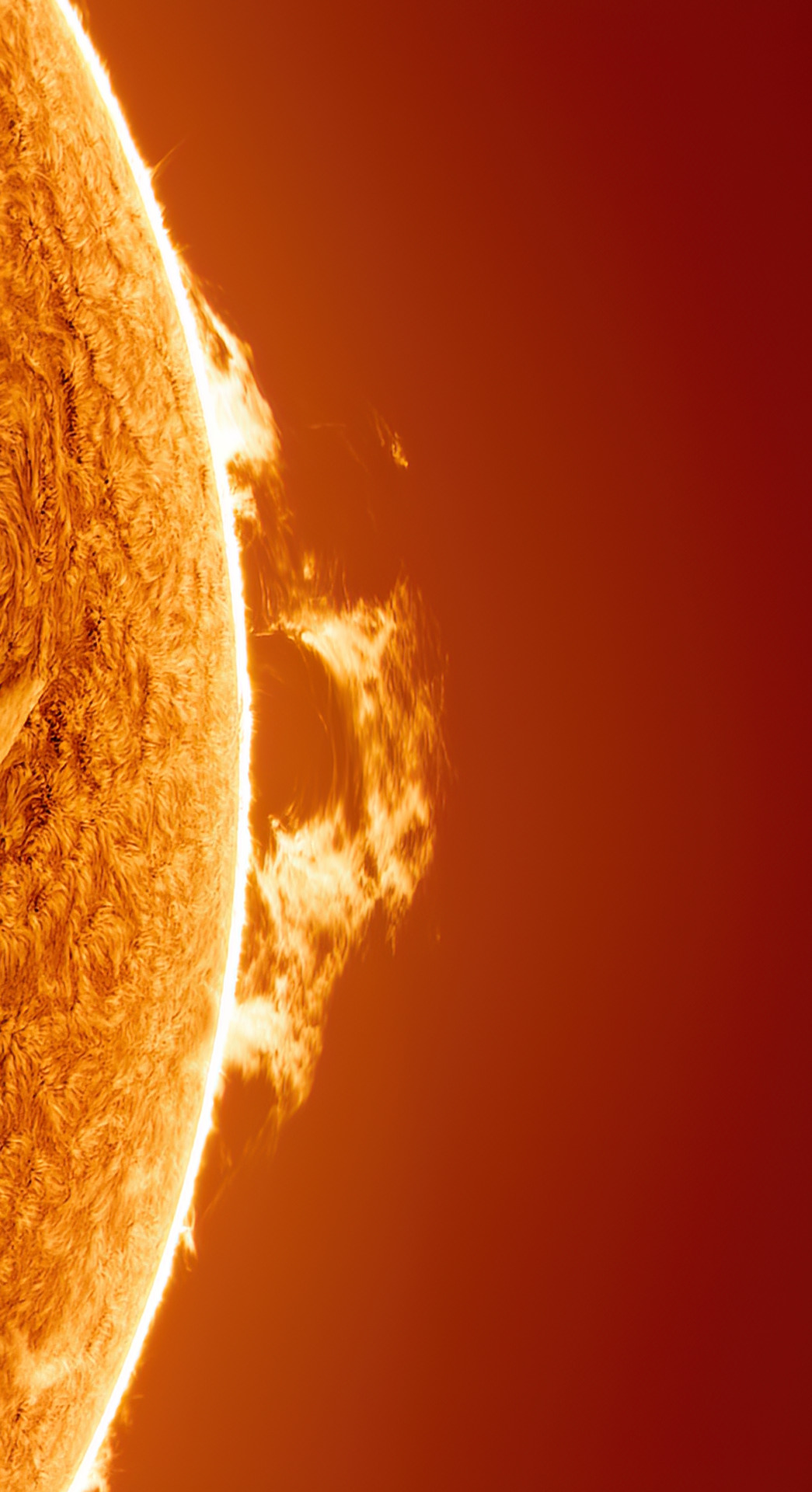
The Sun on September 15, 2023 // Robert Schumann
#astronomy#astrophotography#solar system#star#sun#the sun#solar activity#solar surface#solar prominence#solar flare
859 notes
·
View notes
Text
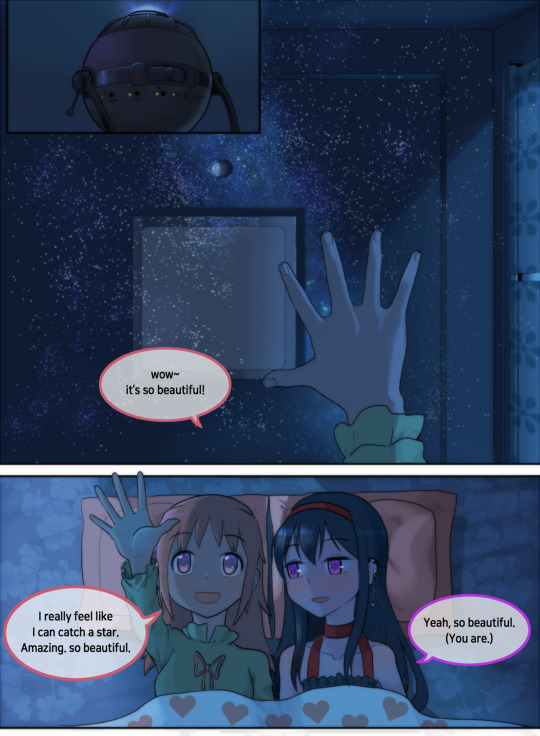
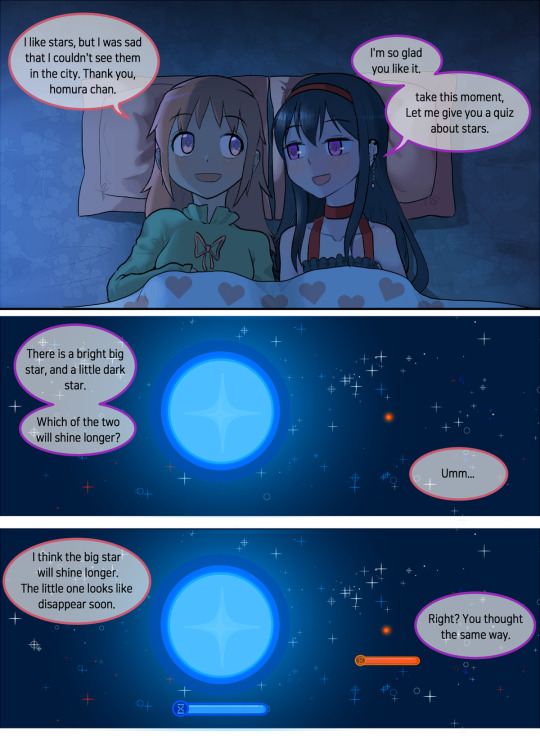

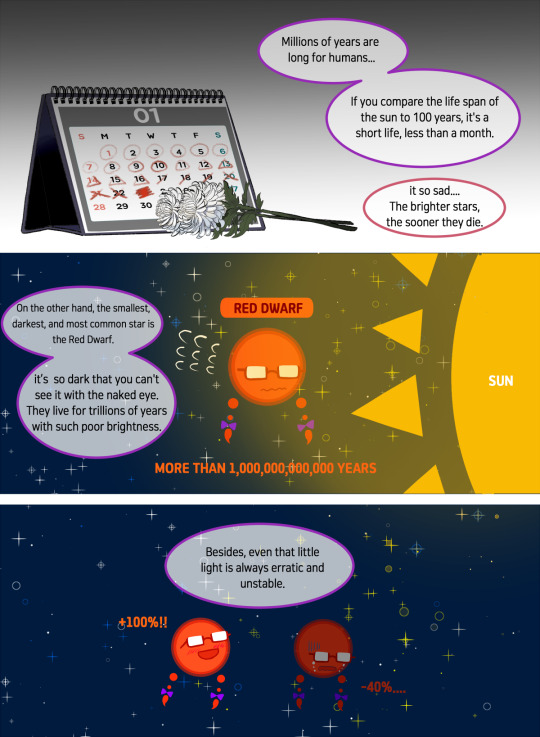
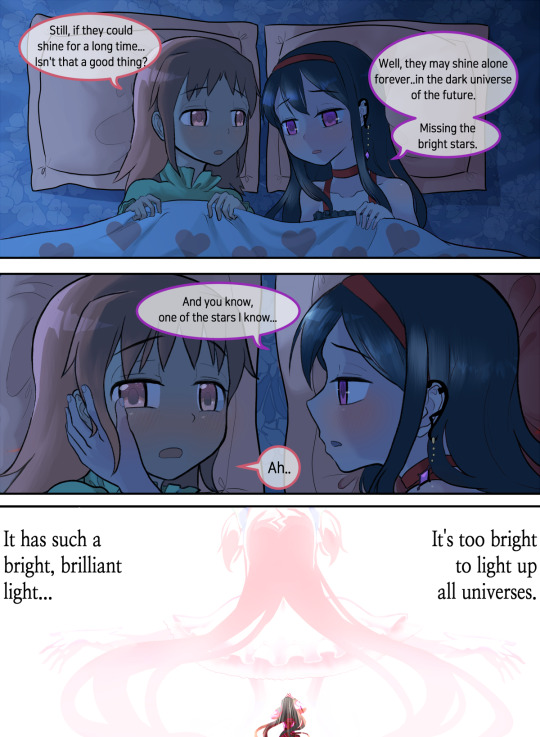
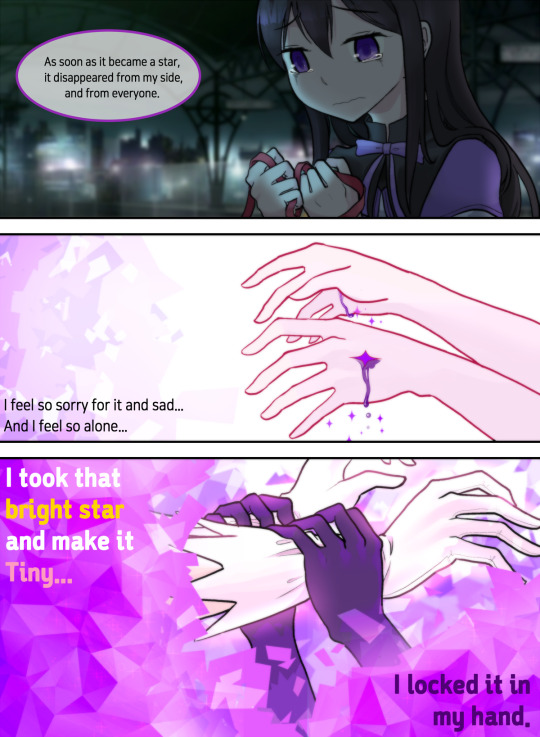




Étoile et toi - bluecloud
#This is one of the most beautiful things I have ever read#Thank you Bluecloud for translating this one for us#Your art is gorgeous#Im so happy you're still actively creating#kaname madoka#akemi homura#pmmm#puella magi madoka magica#astronomy#February 2020#bluecloud
178 notes
·
View notes
Text
82,970 so far. Go a sign it already
#kosa#stop kosa#kosa bill#lgbt#lgbtq#lgbtqia#trans#transgender#internet freedom#internet censorship#asexual#queer#us politics#eclipse#astronomy#911 abc#fandom#boop#artists on tumblr#bad internet bills#palestine#gaza#free palestine#free gaza#petition#activism#sign this petition#dammit#shitpost
154 notes
·
View notes
Text
hi (makes starlo a red giant star early)
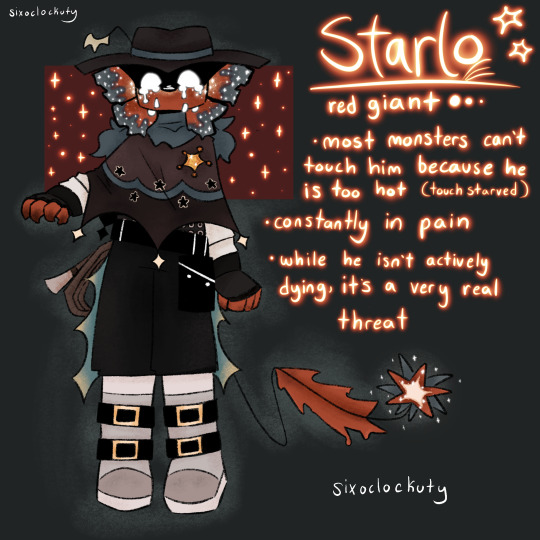
hey lol (steals all of his hydrogen EARLY so he’s FUCKED UP and RED instead of a MAIN SEQUENCE STAR and he can’t NUCLEAR FISSION!!!!)
here’s an extra doodle

he can talk in full sentences but a lot of the time it’s just too taxing along with everything else he has to worry about
#undertale yellow#uty#starlo uty#uty starlo#uty north star#north star uty#astronomy#red giant#red giant star#uty au#red giant starlo au#idk i may give it a better name later#but basically erm starlo had a near death experience and he went a stage early in the star life cycle cuz of it#and now he’s all messed up because yea#he’s not actively dying but like. he could. he certainly isn’t going to live as long as he would’ve#he’ll be a very pretty planetary nebula. (i’ll figure out a design for that one day)#art#my art#artwork#digital art#artists on tumblr#undertale#uty mooch#kinda#doodle#i know people make starlo forms a lot but like#cmon man!!!! i’m taking astronomy rn give me a pass
154 notes
·
View notes
Photo


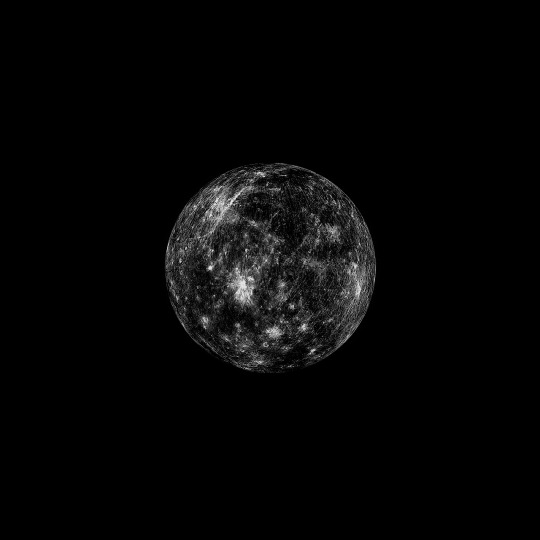
Visual and Infrared images of Mercury | Original photography composite by NASA/JHU
#mercury#space#astronomy#planet#photography#black and white#galaxy#every planet is so active and alive#like right now there is so much activity going on in space#this big black void#which seems silent and desolate#but is in fact chaotic and full of activity
1K notes
·
View notes
Text

Boom!! There goes another one! One of Jupiters many moons, Io, is about the size of Earth's moon, but its surface is full of volcanic activity. This is due to gravitational flexing by Jupiter and other moons. The process heats the moons interior, covering the surface with volcanoes. The featured image is from NASA’s robotic June spacecrafts fly by last week, passing within 12,000 kilometers above the dangerously active world. The surface of Io is covered with sulfur and frozen sulfur dioxide, making it appear yellow, orange and brown. As hoped, Juno flew by just as a volcano was erupting -- with its faint plume visible near the top of the featured image. Studying Io's volcanoes and plumes helps scientists better understand how Jupiter's complex system of moons, rings, and auroras interact. Juno is scheduled to make two flybys of Io during the coming months that are almost 10 times closer: one in December and another in February 2024.
Image credit: NASA
#astronomy#space#science#universe#moon#jupiter#io#jupiter moon#volcano#volcanic activity#erupt#eruption#sulfur#surface#mystery#dangerous#follow#like#reblog#thefirststar#thefirststarr#the first star#the first starr#blog#tumblr#space blog#cool#pretty#colours#wow
86 notes
·
View notes
Text
In a spectacular discovery, scientists have detected aurora-like emission in the atmosphere of the Sun.
At an altitude of some 40,000 kilometers (25,000 miles) above a burgeoning sunspot growing in the solar photosphere, a team of astronomers led by Sijie Yu of the New Jersey Institute of Technology recorded a never-before-seen type of long-lasting radio emission.
The Sun emits all kinds of radiation as it goes about its business, but this, the team says, resembled nothing so much as an aurora.
"We've detected a peculiar type of long-lasting polarized radio bursts emanating from a sunspot, persisting for over a week," Yu says.
"This is quite unlike the typical, transient solar radio bursts typically lasting minutes or hours. It's an exciting discovery that has the potential to alter our comprehension of stellar magnetic processes."
Continue Reading.
73 notes
·
View notes
Text

An article published in the journal "Nature" reports the observation of very strong winds coming from the supermassive black hole at the center of the galaxy Cosmos-11142 which inhibited star formation within it. A team of researchers led by Professor Sirio Belli of the University of Bologna, Italy, used the James Webb Space Telescope to detect the movement of cold neutral gas pushed at such a speed that it swept away the gas in the galaxy and thus prevented the formation of new stars. This is the first evidence of how a supermassive black hole can have that effect on a galaxy.
#astronomy#galaxies#supermassive black hole#active galactic nucleus#James Webb Space Telescope#Cosmos-11142
20 notes
·
View notes
Text
Hi, our observatory is currently under threat of a sand mine being built 500 ft away from it. I'm going to a city council meeting tomorrow and it'd be very cool to have a petition with Numbers associated to point at saying "don't fucking do this", so if you wouldn't mind signing/sharing, I'd appreciate it!
There are a couple of glaring problems with the proposal that I'll list under the read more if you're interested:
Telescopes have mirrors. Sand + mirrors = Bad, since it will cover them and possibly cause scratches (on the mirrors that we've just replaced which cost millions of dollars and years to do)
Sand in the air will scatter light, which makes images blurry when taken by the telescope
It might also get in gears and such, ruining hardware
This observatory has been around for 60 years and is used for citizen/student outreach, including K-12
The mine would be threatening gopher tortoise environment when they are already endangered
The water coalition is also against this due to the possibility of pollution of the Suwannee river
Air quality will drop, making it dangerous for telescope faculty (including myself because I have asthma) and residents
The sand mine is trying to get an exception to be built in a residential zone. You know, where people live?
Noise pollution will bother residents and vibrations could affect instrumentation
Light pollution in one of the few remaining dark skies of Florida will negatively affect observing and residents
#space#astronomy#environment#environmentalism#activism#psa#signal boost#light pollution#water pollution#academia#petition#the truth is out there#text#uhh idk how to tag this for visibility jdbsj
42 notes
·
View notes
Text
hold on I just started crying because I stared at this pic of the Earth from the moon. The Earthrise photo from the Apollo 8 mission.

Not only was this pic taken in 1968 but it's from the fucking moon. There's so many people in this picture. And animals. And plants. And everything. Everything is right there all in one picture. There are people in this picture who've passed away and are forever immortalized from the moon. FROM SPACE. taken by a Human FROM that planet ..well I guess not every human is in that pic cause some of em are on the moon lol
#sorry i didnt feel like logging into my personal blog just bare with me ok#sunflower posts#im really crying im not just saying that. i can't handle looking at these photos or the pale blue dot.#i just can't handle it emotionally i ALWAYS start crying#i remember i watched the live stream sooooo excitedly when New Horizons passed Pluto and REVEALED PLUTO'S HEART#i was literally crying i was a fucking wreck it was so beautiful. Pluto has a HEART. A GIANT HESRT IM SO EMOTIONAL STILL#AND we learned it's volcanically active. and has or had salt water oceans.#geologically active not necessarily volcanic sorry#i started taking astronomy in college a little over a year later :)#again i am very sorry for posting this here i just really dont feel like logging in elsewhere lol#not fallout#astronomy#space
32 notes
·
View notes
Text

The Sun on April 23, 2024 // Steven Christensen
220 notes
·
View notes
Photo
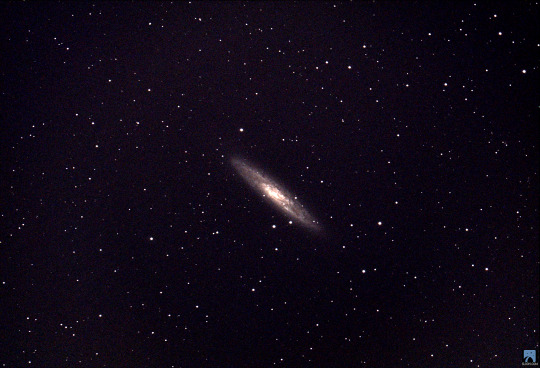
This is the Silver Coin Galaxy! 💫💫💫
This intermediate spiral galaxy was found when famous astronomers Caroline Herschel was searching for comets in the night sky. At the center of the populated Sculptor galaxy group, this galaxy is one of the brightest and most active galaxies in the Milky Way’s vicinity! ✨✨✨
Taken by me (Michelle Park) using the Slooh Canary Two telescope on July 20th, 2022 at 4:57 UTC.
#astroimages#astro#astronomy#astrophysics#universe#space#night#telescope#telescopes#astrophotography#photography#galaxy#galaxies#spiral galaxy#spiral galaxies#silver coin galaxy#active galaxy#slooh#slooh canary two#nightsky#stars#star
200 notes
·
View notes
Text
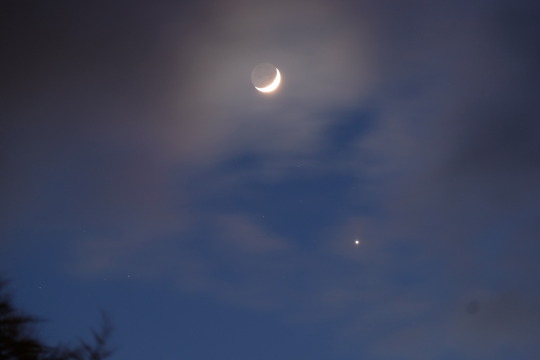
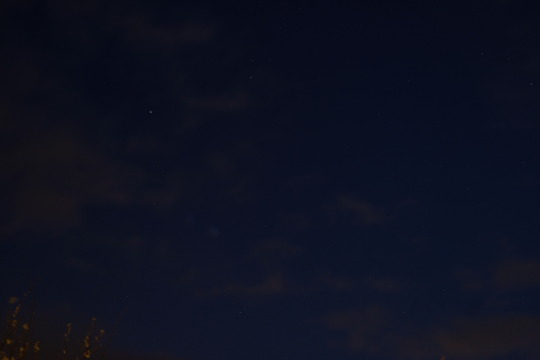
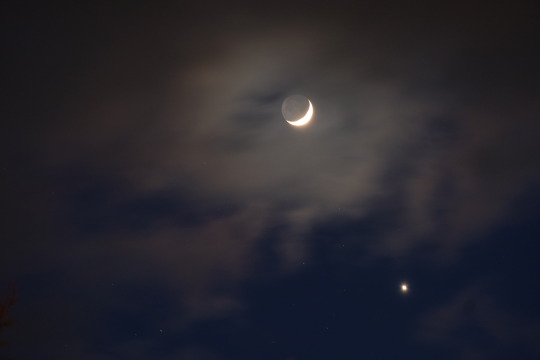
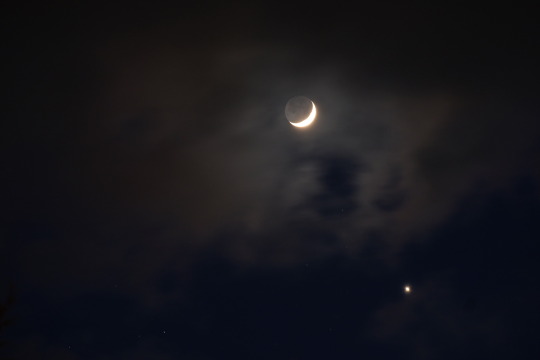
The Moon and Venus together from this evening (+ random one of the stars I took to get the focus right)
I love seeing the earthglow on the moon!
#I actually quite like clouds when taking pics like this#it adds something#BUT there was apparently “moderate” aurora activity#which my camera could’ve picked up#but it was too cloudy >:(#annnoyed#space#the moon#venus#astrophotography#astronomy#planets#stars#night sky#photography
23 notes
·
View notes
Text
hiii :333 i think i am alive !! ( small update in da tags )
#⋯ ꒰ა starry thoughts ໒꒱ *·˚#WOOOAGHHHHH HAVENT BEEN HERE IN AGES. WOW>#sorry guys im a straight a student in their senior year of hs... i have been enjoying real life ^_^ i miss it here tho. :(#will be active soon bcs school is gna end. fucking sobbing but we don't talk abt that#i am here instead of working on the uh. 2 group presentations i need to work on. and the 1 Solo presentation.............#which is crazy btw bcs it's a whole research event thing bcs im in stem ^_^ closing remarks heehaw. Just Me.#so i'm proud of myself & for better understanding myself lately but there is still sm i want to do!!! like On here <3#in a much better headspace and life and etc. its good yay.#anyway hashtag wanna be an astrophysicist (a+ physics? ez. but also ive always loved math & astronomy) astronomer musician#author video game dev (future compsci student! or physics. still deciding.) uhhh psychologist philosopher blablabla phd one day#yay ^__________^ I MISS WRITING ON HERE THO and interacting w moots :P altho idrk how to get back into that shit#anywhere really but it's ok we find ways. man. i miss it here. before i get active again tho i should rlly makes lists to do and Fix stuff.#bye for now yay just a lil update from me !!! ^_^ it's been at least... 4 months? bcs i rmbr not properly saying happy new year on here HEL#raaaaaaaaaaaaa apollo is so back babaey the world is so beautiful & so am I. anyway. u all take care mwamwamwa
2 notes
·
View notes
Text
"Bright auroras, with dancing lights in the sky, characterize the clear winter nights of northern Canada. Longer nights during the fall and winter also favor seeing more auroras, but the show is best outside of light-polluted cities. Impressive auroral events allowed bright auroras to be seen as far south as the United States recently.
Auroras are produced through the sun's interaction with the Earth's magnetic field. The number of auroras is increasing as the sun's activity becomes stronger, approaching a solar maximum.
Perhaps surprisingly, the same space disturbances that cause auroras can affect our technologies."
"That sun-Earth link was slow to be accepted, but we now know that the wun can trigger disturbances in near-Earth space, although it seems that events as large as that of 1859 are rare."
continue reading article
#astronomy#solar system#universe#solar energy#sun#energy#plasma#magnetism#electricity#electromagnetism#atmosphere#magnetic field#aurora#sun activity#sun cycles#solar maximum#climate#weather#technology#sun-earth link
3 notes
·
View notes